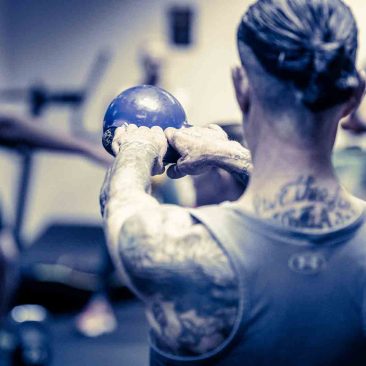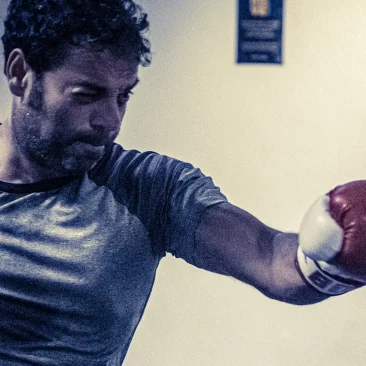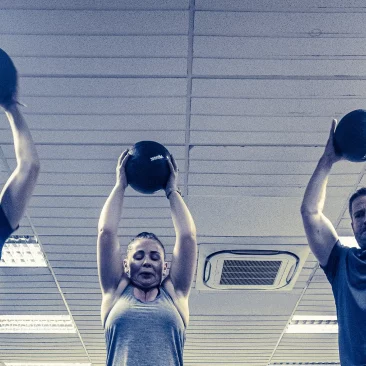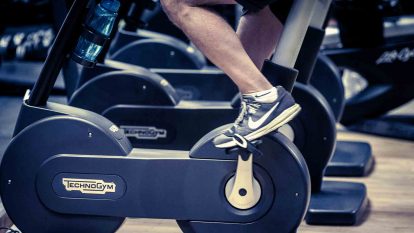
Warm-ups and Cool-downs: What are they and why do we need them?
A common mistake many people make with their workouts is to rush through, or skip, warm-ups and cool-downs. A lot of people just want to get to the “good” bit and don’t see the point, but warm-ups and cool-downs are incredibly important to make your workout as safe and effective as possible.
A warm-up is how we get the body ready for exercise, by slowly and gently moving and stretching the body. A cool-down is how we decrease the intensity of our workout to gradually bring our body back down to its normal state. Both warm-ups and cool-downs typically involve working through exercises at a slower pace and lower intensity.
Warm-ups and cool-downs are there for a reason. To get the best results from our bodies we need to gradually increase our heart rate from its resting rate to an increased rate. This raises our body temperature and increases blood flow to our muscles. Doing this decreases our risk of injury, as well as reducing muscle soreness the next day.
Warming up helps to get the connections between your nerves and muscles activated, which improves the efficiency of your movement, all of which helps you reach those personal bests.
The aim of your cool-down is to gradually bring your heart rate back down to normal, and stretch your muscles out to improve recovery and reduce soreness. If you stop quickly from a high-intensity exercise, your elevated heart rate and the heaviness of blood pumping to your extremities can result in dizziness or light-headedness. Slowing your heart rate gradually will help you feel your best post-workout. A good cool down prepares your body for recovery, so you maximise the results of the hard work you’ve just done.
Book a session with one of our personal trainers and they will help you build a personally tailored warm-up and cool-down plan into your workout routine, to make sure your workouts are safe, effective, and sustainable.
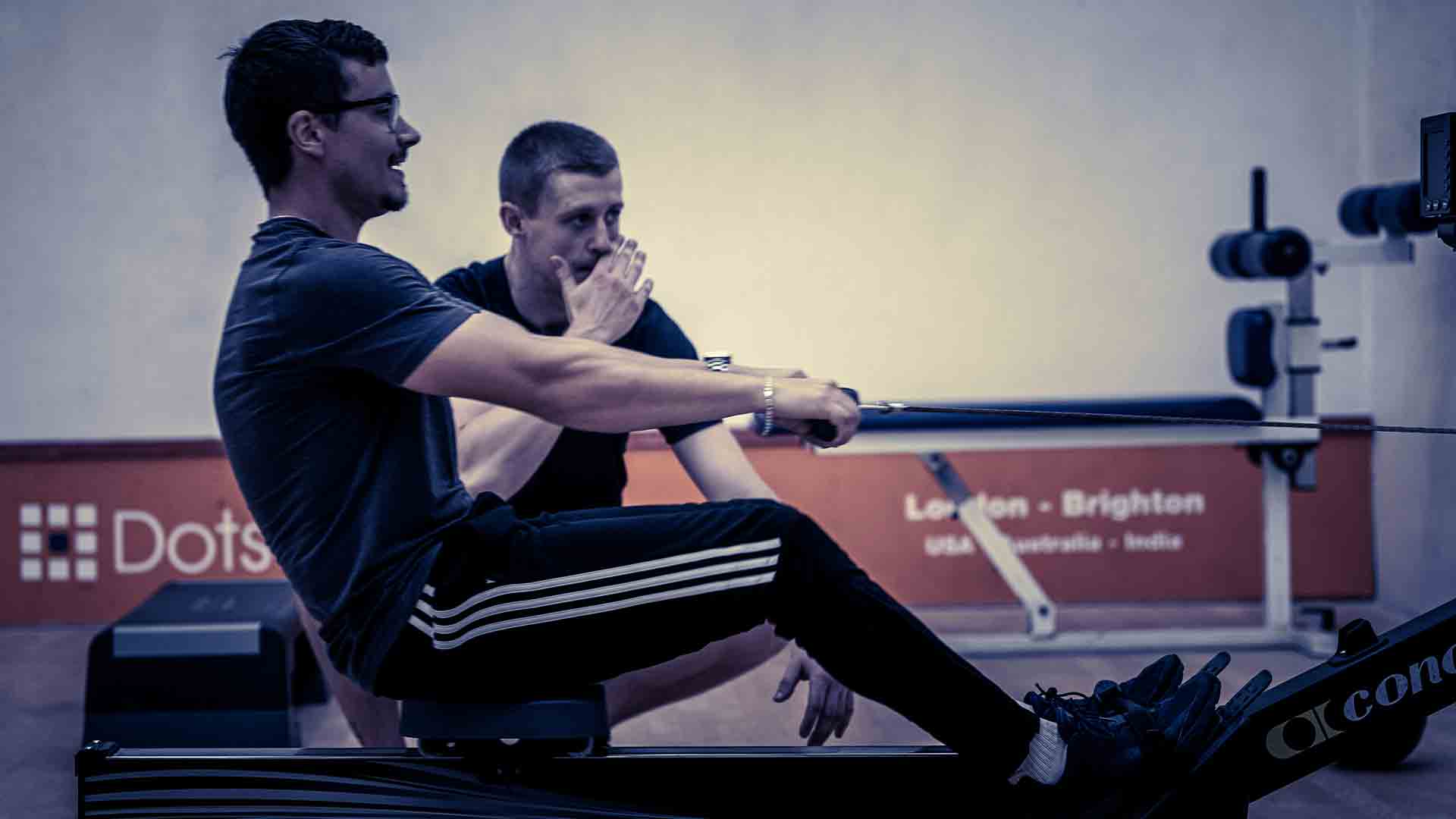
Warm-Up and Cool-Down For Cardio
Your warm-up should ideally consist of around 10 minutes of light aerobic activity, and dynamic stretching. Static stretching (holding a stretch in one position) in a warm-up doesn’t help much when it comes to decreasing risk of injury and reducing soreness, but dynamic stretching (continuous movement through a stretch) can be very helpful.
Keep your warm-up appropriate for the exercise you’re planning. For example if you’re about to run, you can warm-up with fast paced walking, jogging on the spot, lunges and squats. For squash you can also wiggle your fingers, move your wrists in circles and swing your arms, and then stretch through your hands, arms, chest, shoulders and back.
To reduce heart rate after your workout just bring the intensity down. This can be slowing from a run to a walk, or from a fast cycle to a slower pace. Once you’ve slowed down to a normal pace then make sure to stretch out the muscles you’ve been using. Our team can help teach you the most helpful stretches for your preferred activities, so don’t be scared to ask!
If you aren’t sure exactly what sort of pace you should be aiming for, try one of the pre-set workouts on our cardio machines. They will automatically set the pace and resistance to a suitable level, incorporating a warm-up and cool-down period, meaning you get the safe workout you need without having to think too hard about it.
Warm-Up and Cool-Down For Strength Training
It’s not just cardio workouts that require a proper warm-up and cool-down, it’s important in strength training too. Lifting weights on cold muscles is a bad idea. Warming up first makes sure your muscles are primed and ready to go, without unnecessary and dangerous risk of sprains and tears. When we warm-up we are telling our muscles to get ready for a challenge! Before you go near the weight racks, spend 10 minutes getting your whole body warm and ready with jumping jacks, bodyweight lunges, squats, push-ups and low-intensity jogging on the spot.
Be sure to spend some time after your workout stretching the muscle groups you’ve been targeting. Our personal trainers can help teach you the stretches you need to maximise your strength and reduce soreness.
Feel The Beat
If you don’t like focussing on the numbers on the machine, why not build a warm-up and cool-down into your workout playlist? Put a couple of slower paced songs at the start and finish, and then as long as you’re keeping time with the music as you exercise, you’ll naturally be easing your way in and out of the workout safely.
If you want to get technical with it, warm-up and cool-down songs should typically fall into the 80-90 BPM (beats per minute) range (think Chasing Pavements by Adele, or Halo by Beyonce), increasing to 120-140 BPM (like Just Dance by Lady Gaga or Rhythm is a Dancer by System Drivers) for a moderate intensity workout. There are loads of great playlists online if you need some ideas.
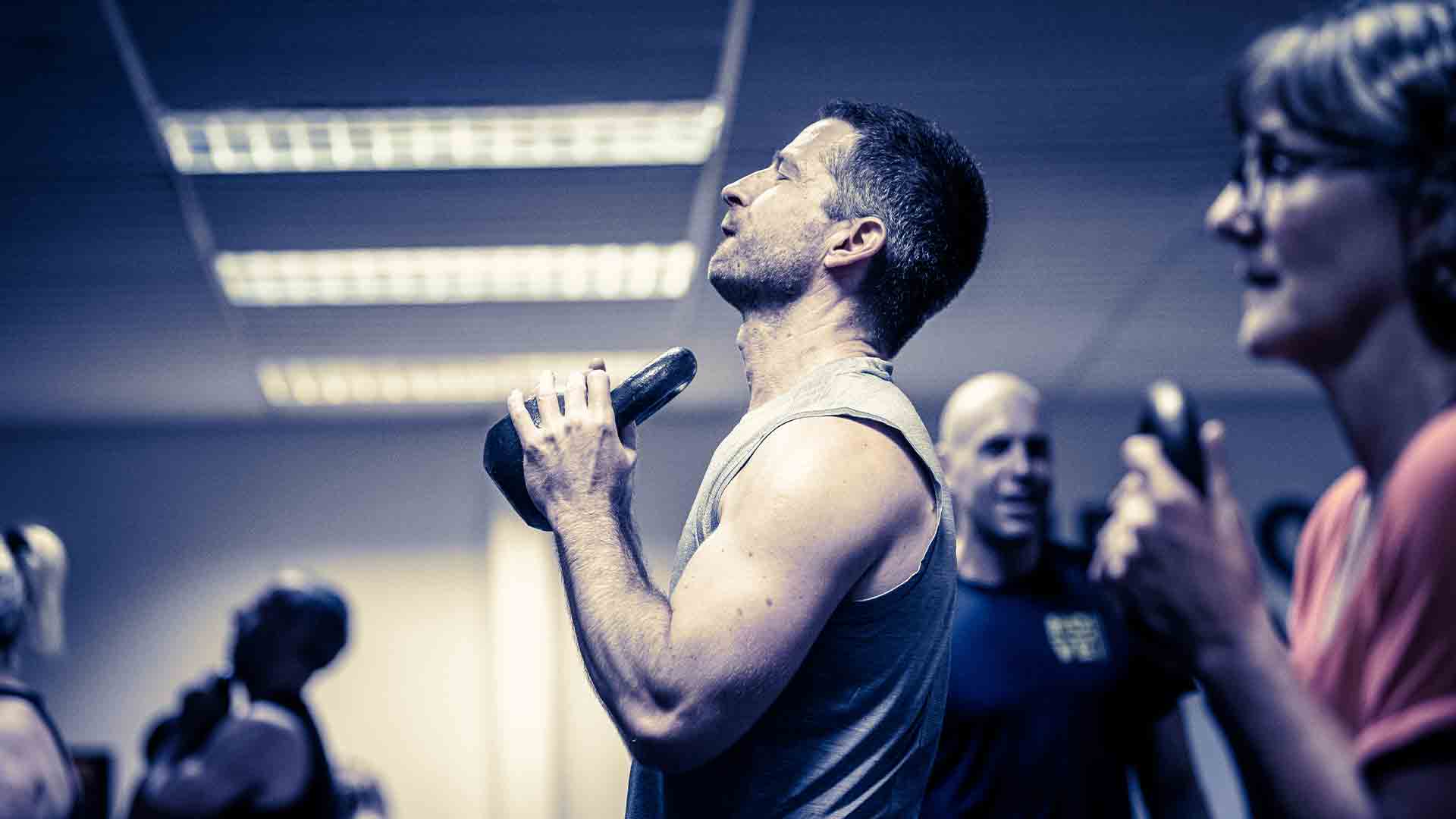
Get Your Head In The Game
It’s not just your body that benefits from a warm-up and cool-down, it helps your mind too. Spending time preparing for an intense workout helps us focus and build motivation for what’s to come.
Use that warm-up time to visualise what you want to achieve. See yourself hitting that personal best, or lifting that heavier weight. Spending those extra minutes thinking about why you’re doing this will ensure you put everything into the workout that you want to.
Taking the time to cool-down also helps us to enjoy and reflect on what we’ve just accomplished and really feel that post workout high!
As you cool-down afterwards, focus on how your body feels. Thank your body for what it has done, and reflect on anything you could do to improve next time. Celebrate what you’ve managed to do today!
Common Mistakes with Warm-Ups and Cool-downs
There’s not much point warming up and cooling down if you aren’t doing it effectively. Here are some of the biggest mistakes we see and how to avoid them:
- Not warming up or cooling down at all! Lots of people don’t want to “waste” their gym time on warm-ups and cool-downs, but doing this dramatically increases the risk of injury. It’s better to miss out on 10 minutes now to warm-up properly, than to cause yourself an injury. If you’re struggling for time, see if you can start the warm-up on your way to the gym. Get off the bus a couple of stops earlier and have a brisk walk or gentle jog for the rest of the way, and you’ll arrive at the gym ready to go.
- Static Stretches on Cold Muscles. If you start stretching muscles before you’ve warmed them up at all you risk injury to those muscles, and it won’t improve your performance. In fact a recent review found that holding a stretch for longer than 60 seconds can reduce the ability to produce muscle force by up to 4.6%. Always start your warm-up with some light cardio such as jogging in place or star jumps, to prepare the muscles, and then keep stretches dynamic, moving slowly through each one rather than holding it in place. Keep the static stretches for your cool-down, when the muscles have already warmed up.
- Non-Specific warm-ups and cool-downs. Any warm-up is better than none at all, but you’ll get the best results when your warm-ups and cool-downs are working on the muscle groups you’ll be targeting. There’s not much point spending ages stretching your shoulders if you’re going to be on the exercise bike, or focusing on your legs in warm-up when it’s chest and back day. Think what muscles are going to be working and spend your energy on those.
New members can get a free trial gym session or class this month, so make the most of it and ask our expert team how best to warm-up and cool-down to make the most of your workout.
